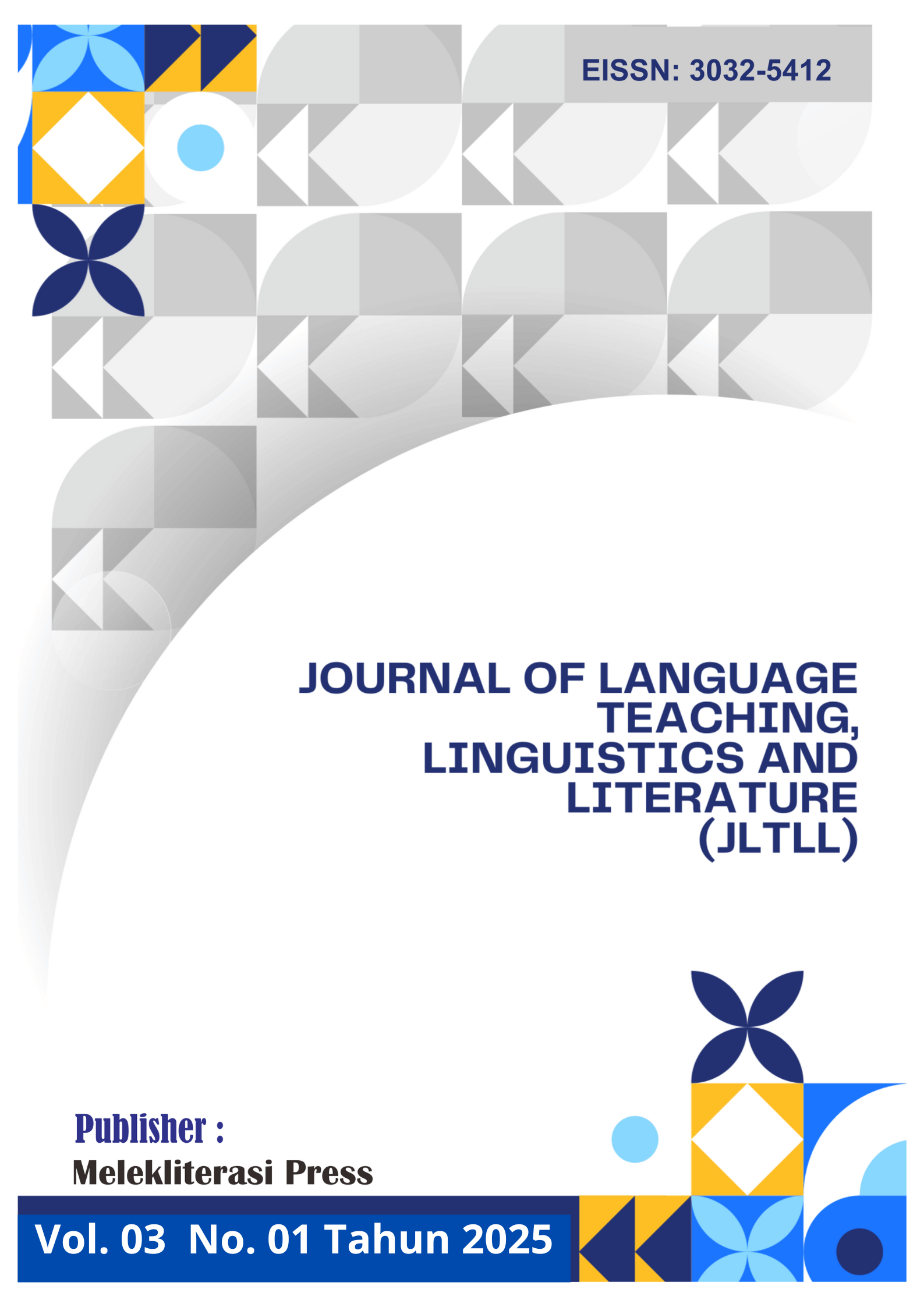CODE MIXING IN ESL CLASSROOM: BARRIER OR BRIDGE TO LANGUAGE LEARNING?
Keywords:
code, code mixing, code switching, ESL ClassroomAbstract
This article explores the dual role of code mixing in English as a Second Language (ESL) classrooms, examining whether it serves as a barrier or a bridge to effective language learning. Drawing from theoretical perspectives and practical classroom observations, the discussion highlights the potential benefits of code-mixing, such as enhancing comprehension, reducing learner anxiety, and facilitating smoother transitions to target language use. However, the article also addresses the potential drawbacks, including reduced exposure to English, overreliance on the first language (L1), and limited immersion. The findings suggest that code-mixing can be a valuable pedagogical tool when used strategically and in moderation. Ultimately, the article concludes that the impact of code mixing depends on how it is implemented by educators, emphasizing the importance of thoughtful and purposeful application to maximize its benefits while minimizing its risks in ESL settings. Therefore, ESL educators must exercise pedagogical awareness to balance innovation and integrity in language teaching while adapting to learners’ linguistic needs.
References
Ahmad, B.H. and Jusoff, K. (2009) Teachers’ Code-Switching in Classroom Instructions for Low English Proficient Learners. English Language Teaching, 2, 49. http://dx.doi.org/10.5539/elt.v2n2p49
Islamia, I. (2019). An Analysis Of Code Switching In Arabic And English Language Used By The Teachers In Teaching Learning Process At Tazakka Islamic Modern Boarding School Academic Year 2017/2018 (Doctoral dissertation, Thesis]. Surakarta (ID). IAIN Surakarta).
Levine, G. S. (2011). Code-switching in second language learning: Theoretical perspectives and empirical evidence. Routledge.
Macaro, E. (2001). Analysing Students Teachers’ Codeswitching in Foreign Language Classrooms: Theories and Decision Making. The Modern Language Journal, 85, 531-548. http://dx.doi.org/10.1111/0026-7902.00124
Rohmana, W.I.M., Salsabil, A.J. Exploring the Use of Code-Switching and Code Mixing Among EFL Faculty Members in Digital Learning Environments. Langkawi Journal of The Association for Arabic and English, 10(2), 165-177.
Sert, O. (2005). The functions of code-switching in ELT classrooms. The Internet TESL Journal, XI(8). Retrieved from http://iteslj.org/Articles/Sert-CodeSwitching.html
Stockwell, P. (2002). Sociolinguistics: A Resource book for students. London: Routledge.
Wardhaugh, Ronald. (1986). An Introduction to Sociolinguistics. Great Britain: Hrtnolls Ltd, Bodmin.
Wardhaugh, Ronald. (2006). An Introduction to Sociolinguistics. UK: Blackwell Publishing.













